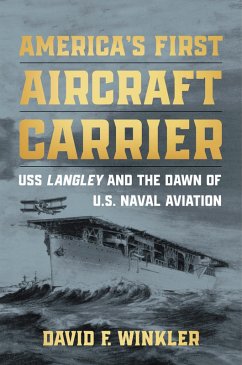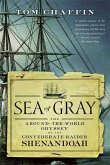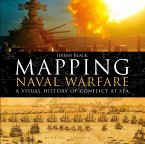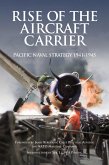America's First Aircraft Carrier tells the remarkable story of the USS Langley. The narrative provides an in-depth discussion of the ship's origins as the collier USS Jupiter, which was built with a "first of" propulsion system that has been adapted for use in present-day Ford-class carriers. Author David F. Winkler considers the post-World War I debate for procuring carriers, the decision to convert Jupiter, and the identification of constructor Clayton Simmers as the father of the American aircraft carrier. The evolution of the Langley as an experimental ship was tied to the introduction of new doctrine for the United States. Promoting an independent naval air arm against Brig. Gen. Billy Mitchell's vision of an independent air force, the U.S. Navy saw Langley as an operational aircraft carrier that would change the way the Navy fought wars at sea. While the story of Langley is that of the origins of naval air combat, it is also a record of the vessel's service in World War II until the ship's final posting to the Asiatic Fleet, where she met her demise on February 27, 1942, off the southern coast of Java. Many of the U.S. Navy's pioneering naval aviators are closely associated with this ship, including Kenneth Whiting, John H. Towers, Godfrey DeCourcelles Chevalier, Virgil C. Griffith, Mel Pride, Patrick N. L. Bellinger, Joseph M. Reeves, Gerald Bogan, Aubrey Fitch, Felix Stump, Ernest J. King, Warren G. Child, Dan Gallery, and Frank D. Wagner. A number of these individuals would go on to play critical roles during World War II. Langley's story is their story. Aircraft carriers remain the centerpiece of American sea power projection. America's First Aircraft Carrier provides the context on how CV 1, the "Covered Wagon," and carrier development and utilization came to be.
Dieser Download kann aus rechtlichen Gründen nur mit Rechnungsadresse in A, D ausgeliefert werden.









